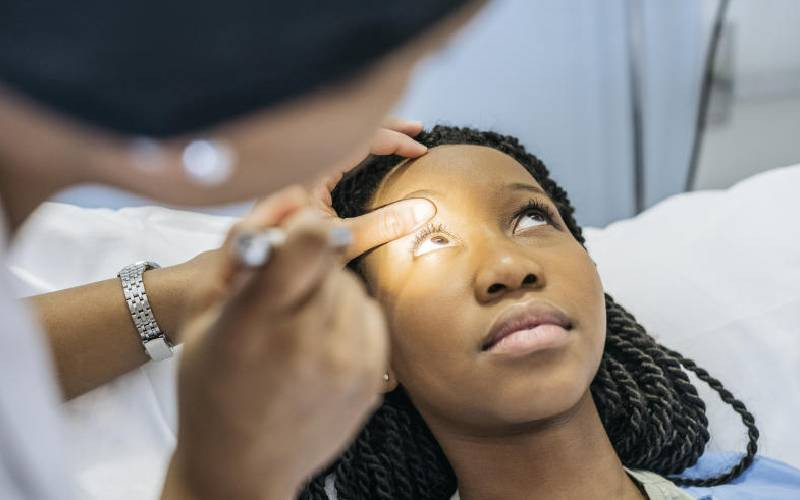
Trial results showed that the Oxford coronavirus vaccine is 70% effective when given in a single dose, but up to 90% effective when given as a half dose, and then followed up with a larger second dose.
Based on the findings, the vaccine may be rolled out in half doses, according to the University of Oxford researchers.
Professor Andrew Pollard, the vaccine group’s director, explained: “By giving a smaller first dose, we’re priming the immune response better to respond.
“We don’t know if the difference is in the quality or quantity of the immune response. We’re working now to understand this further.”?
Professor Sarah Gilbert, the vaccine’s architect, added: “It may be that it better mimics what happens in a real infection. By giving a small amount in the first place and following up with a larger amount, it could trigger the best immune response and memory.”
Giving an initial half dose could also make it easier to roll the vaccine out more quickly, according to Pam Cheng, executive vice president of global operations at AstraZeneca.
She explained: “We have the option to be able to supply half or full dose. It doesn’t affect the supply chain, it’s quite simple. We’ve got options at this point in time to do both.
“If we go with the half dose, for the initial dose we’d be able to double the number of vaccinations.”
Ms Cheng says that AstraZeneca will have 200 million doses of its candidate vaccine developed by the University of Oxford by the end of 2020, with 700 million doses ready globally by the end of the first quarter of 2021.
She added that 20 million doses will be available in Britain by the end of the year, with 70 million doses for the UK by the end of Q1 2021.
 The Standard Group Plc is a multi-media organization with investments in media
platforms spanning newspaper print
operations, television, radio broadcasting, digital and online services. The
Standard Group is recognized as a
leading multi-media house in Kenya with a key influence in matters of national
and international interest.
The Standard Group Plc is a multi-media organization with investments in media
platforms spanning newspaper print
operations, television, radio broadcasting, digital and online services. The
Standard Group is recognized as a
leading multi-media house in Kenya with a key influence in matters of national
and international interest.











